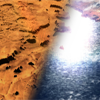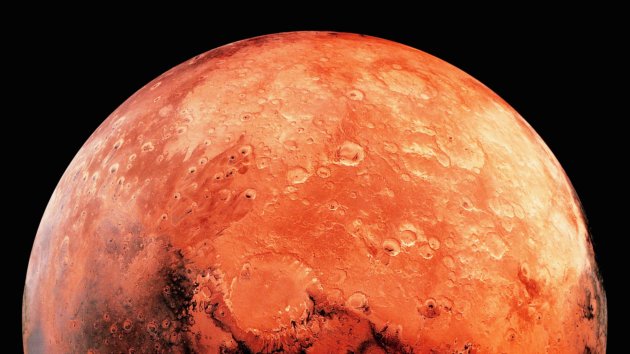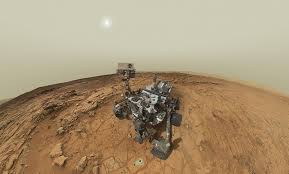Evidence Of Super Volcanoes On Mars
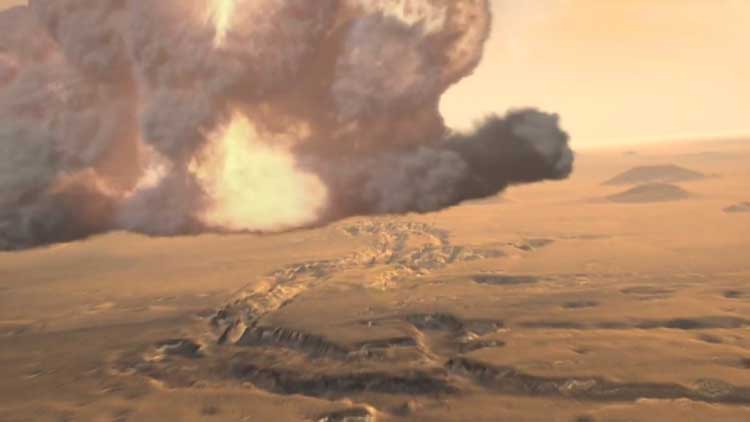 Newest research follows the below excerpt again confirming The Truth About Mars written 60 years ago:
Newest research follows the below excerpt again confirming The Truth About Mars written 60 years ago:
“Now I will contact my Martian guide and take an astral flight through space, and see just how it is that man lives on the red planet. Almost immediately a very distinguished looking man stands before me; he is Nur El, a man of high position and esteem from one of the Martian cities. He is dressed in a very brilliant red suit. The coat is long, almost to the knees, with loose fitting pantaloons. On his head is a red hat with a square shaped brim that is turned up on four sides.
Our trip there is a matter of split seconds as no craft is used or needed. Arriving on the surface of Mars, we are at once aware of the extremely rugged terrain, rocky hills and sandy wastes, that stretches out endlessly around us. There are many peculiar whirling dust clouds all about. Nur El explains that the ionosphere is very thin which leaves the surface almost unprotected from the various beta, gamma and cosmic rays. This high concentration of rays ionizes the very rare and gaseous atmosphere and together with thermal currents, creates terrific dust storms. There is also a very thinly divided dust layer on the ionosphere which helps create the reddish appearance of the planet. There are also a number of volcanoes, three of which are of major size; one of these was just barely visible on the horizon trailing a thin wisp of smoke from its truncated cone. It was also explained that as Mars has only seven degrees axis inclination there is not much of a seasonal change. Water is very scarce on this arid planet; most of the precipitation falls at the poles.” See more here.
As of the 13th of June, 2016, scientists have discovered on Mars something completely unexpected: Tridymite formed only through volcanism.
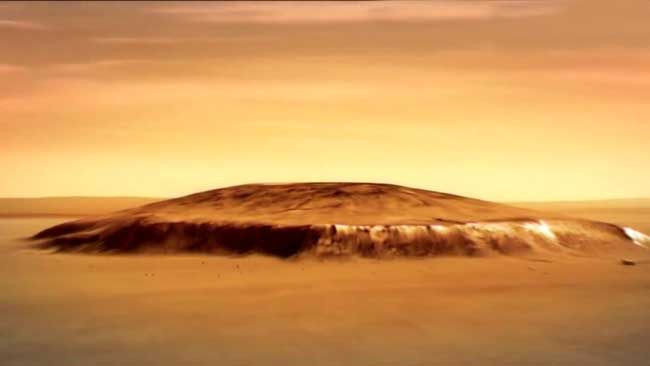 Scientists found something extremely unexpected on Mars –
Scientists found something extremely unexpected on Mars –
and it could require us to rethink the planet’s history
by Ali Sundermeir
Scientists at NASA’s Johnson Space Center found something very unexpected in a Martian crater.
Using the Curiosity Rover, the scientists detected a mineral called tridymite that, until now, they thought could only be created in extremely hot temperatures.
The discovery of this tridymite might rewrite the history of the planet, suggesting that it might once have been hotter than we previously thought, and home to monstrous volcanoes.
The scientists found the tridymite with a special instrument on the rover that shoots x-rays at material to identify the crystal structure of minerals.
“It was the last mineral we expected to see,” said Richard Morris, NASA planetary scientist and lead author of this study. “If this stands test of time it has a lot of implications for how Mars evolved. We may have to rethink a few things.”
On Earth, tridymite is formed at extremely high temperatures in an explosive process called silicic volcanism. Mt. St. Helens, known for having the deadliest volcanic event in American history, is an example of a silicic volcano.
But as far as we know, Mars doesn’t have water, or dynamic plates hidden beneath the surface, and its average temperature is pretty frigid. So where did this tridymite come from?
That’s what scientists need to figure out now. And to do this, they’ll either need to change their understanding of how Mars evolved, or change their understanding of how tridymite forms.
“We searched long and hard for terrestrial evidence that tridymite might form at low temperatures and not imply silicic volcanism,” Morris said. “We couldn’t find any. This paper will cause a lot of researchers, including ourselves here at the Johnson Space Center, to look for ways it could form at lower temperatures.”
The next step, Morris said, is for scientists to run experiments and reexamine terrestrial systems in more detail to look for evidence of tridymite. Either way, what they find will shake up our understanding of the Red Planet.
“Mars is a different place,” Morris said. “Processes are different there. There may be something weird going on that we just don’t recognize yet.”
Posted in The Truth About Marswith comments disabled.


